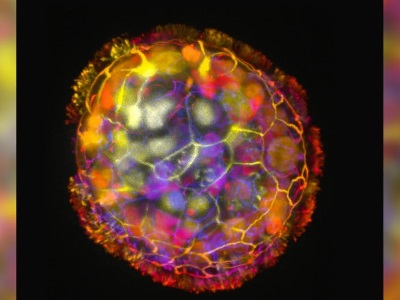Scientists have created tiny living robots from human cells
 Scientists have created tiny living robots from human cells that can move around in a lab dish and could one day help heal wounds or damaged tissue.
Scientists have created tiny living robots from human cells that can move around in a lab dish and could one day help heal wounds or damaged tissue.
A team from Tufts University and the Visa Institute at Harvard University called their invention an anthropobot. The study builds on earlier work by some of the same scientists who created the first living robots, or xenobots, from stem cells derived from African clawed frog (Xenopus laevis) embryos.
The scientists used adult human trachea cells from anonymous donors of different ages and sexes. Scientists have focused on these types of cells because they are relatively easy to access for work with Covid-19 and lung disease and, more importantly, because of a function that scientists believe makes the cells motile, said Tufts University's PhD student, co-author of the study Gizem Gumuskaya.
Moreover, the anthropobots created by the researchers were not identical.
Some of them were spherical and completely covered with cilia, while others were more like a soccer ball and unevenly covered with cilia. They also moved in different ways, some in straight lines, some in narrow circles, and others sitting around and moving, the research paper said. They survived up to 60 days in laboratory conditions.
The experiments described in this latest study are in their early stages, but the goal is to determine whether anthropobots could have medical applications, the scientists said.